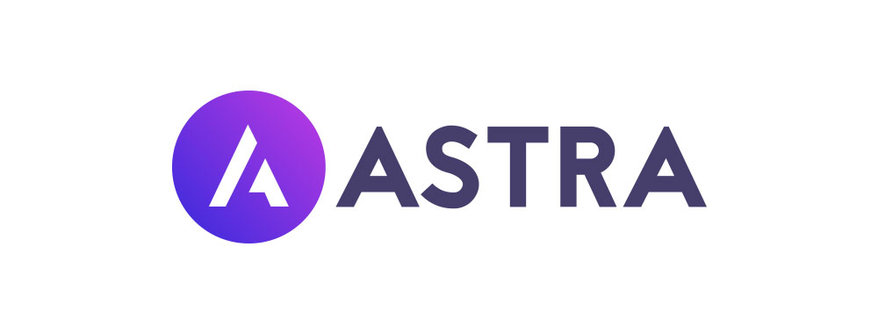Chatbot
With the advent of AI and ChatGPT, chatbots have become increasingly popular. Allegedly the next big thing in marketing! Until now, chatbots have rather poorly represented companies in their conversations, but that time is over! Today, it is possible to train a chatbot to talk long and smoothly.
The possibilities for using chatbots on websites are relatively unlimited. It is possible to delegate the tedious part of customer services and let the chatbot answer frequently asked questions by customers. It is also possible to ask for feedback about a service or product and thereby improve the quality of your product or service. If you wish to direct customers to book appointments on a specific web address, that is also possible. This address does not even have to be your website’s – it can freely be a social media channel or an external booking environment.
One of the biggest possibilities is certainly for e-stores, which can send marketing notifications and campaign information through a chatbot. This way, your e-store won’t blink with notifications like a Christmas tree.

How does it work?
Chatbots offer companies the opportunity to improve customer experience, increase engagement, and optimize marketing activities while providing personalized and efficient communication. The versatility and adaptability of chatbots, or conversation robots, make them a valuable tool for companies of all sizes.Menu- or Button-Based Chatbots: These simple robots offer users choices from a scripted menu, ideally suited for repetitive and simple queries.
Rule-Based Chatbots: These robots use if/then logic to develop conversation automation flows, acting like interactive FAQs.
AI chatbots: Capable of creating new content in response to user queries, offering creative and customized responses.
Chatbot content is created according to the specifics, needs, and possibilities of each company. For content creation, you can use text, images, videos, web links, etc.
The process of creating a chatbot
1. Consider your goals
Before ordering a chatbot, it’s necessary to define its main purpose. Whether it’s supporting customer service, boosting sales, or sharing information. A clear goal helps
ensure that the robot meets expectations and needs.
2. Place an order
After determining the chatbot’s purpose, the next step is selecting the appropriate solution and placing an order. After placing an order, information exchange is agreed upon
3.Information exchange and creating the robot
At this stage, the chatbot is created according to specific requirements and goals, integrating necessary functions and customized responses.
4. Launching the chatbot
Launching the chatbot is the last step of the process. This includes integrating the robot into the website and its publication. After the launch, we monitor the robot’s performance.
Chatbots are suitable for your website if:
✓ Do you answer the same questions every day? This is tedious and time-consuming, yet necessary for good customer service. A chatbot can handle this and is ready to answer questions on your behalf.
✓ Do you send marketing messages as pop-ups or flashing notifications on your e-store or website. This makes your website shine like a Christmas tree, and there’s so much information that customers can’t grasp anything. A chatbot can convey marketing messages on your behalf.
✓ You want to grow your newsletter subscriber list. A chatbot can be integrated with Klaviyo or Mailchimp.
✓ You want to ask for feedback on product, service, or service quality and thereby improve the quality of your product or service.
✓ The goal of your website is to direct the customer to fill out a contact form or to a specific web address.



